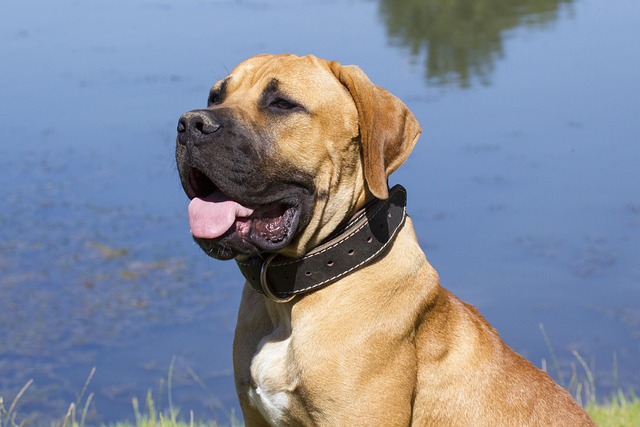
How do I start my dog on agility training?
The idea of watching your dog leap, weave, and race through an agility course is exhilarating. But before you dive in, it’s essential to understand the journey ahead,
That sight of your dog obsessively gnawing at their paw or relentlessly licking their flank isn't just annoying – it’s a flashing red light something’s wrong. Watching them chew on themselves feels unsettling, doesn't it? While the occasional scratch is normal, persistent chewing, licking, or biting at their own skin or fur signals discomfort needing your attention. Ignoring it can turn a small itch into a raw, infected hotspot faster than you can say "vet bill."
Rule number one: Call your vet. Seriously, this isn't something to DIY diagnose or wait out. That frantic chewing could stem from dozens of causes, many requiring medical intervention. Think allergies (food or environmental like those pesky spring pollens common across North America and Europe), pesky parasites (fleas, mites – yes, even in spotlessly clean homes!), painful skin infections (bacterial or fungal), underlying pain (like arthritis making them lick a joint), or even stress. Your vet is your detective partner. They’ll do a thorough exam, likely skin scrapings, maybe allergy testing, and pinpoint the root cause. Skipping this step is like trying to fix a leaky faucet without turning off the water main – ineffective and messy. Remember, keeping your dog's rabies vaccination current isn't just about legal compliance (mandatory in most US states and EU countries), it’s fundamental for responsible pet ownership and public health. While you’re at the vet, discuss appropriate flea/tick prevention – using the right, vet-recommended product is crucial, as some over-the-counter options can be ineffective or even harmful.
Once medical causes are ruled out or treated, look at their environment and daily grind. Boredom and anxiety are major culprits for compulsive self-chewing. Is your clever Border Collie mix left alone for 8 hours in a studio apartment with nothing but a view of the wall? Mental under-stimulation can manifest as self-directed chewing. Think enrichment! Rotate puzzle toys stuffed with kibble, try lick mats smeared with a little plain yogurt or pumpkin puree and frozen, or hide treats for a mini "find it" game. For the anxious chewer, perhaps triggered by loud city noises common in apartment living, creating a calm den-like space with a comfy bed and white noise machine can help. And please, resist the urge to yell "Stop!" or punish them mid-lick. Not only is physical correction culturally unacceptable and illegal in many parts of Europe under animal welfare laws, it’s counterproductive. Punishment increases anxiety, making the chewing worse. Instead, gently redirect them to an appropriate chew toy and praise calmly when they engage with it – pure positive reinforcement. This builds better habits without fear.
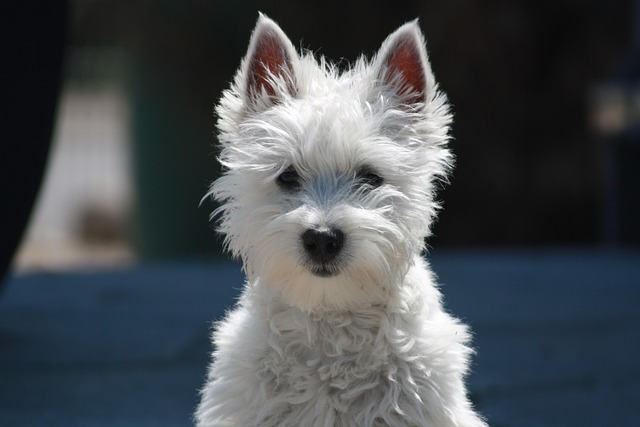
Don’t underestimate external irritants, either. Walking your pup through chemically treated lawns in suburban neighborhoods or salty, icy sidewalks in winter cities can leave residues that irritate paws, leading to frantic licking. Get into the habit of a quick "paw check" after every walk. Wipe their paws with a damp cloth or use a gentle, pet-safe paw wash – your local pet store will have options. Notice them focusing on their belly after walks through tall grass? They might have picked up allergens or even minor irritants. Regular grooming is key, especially for breeds with thick coats prone to matting or trapping moisture against the skin. Brushing helps distribute natural oils and removes potential irritants. And speaking of walks – always, always carry biodegradable poop bags. Scooping immediately isn't just basic courtesy in shared community spaces or apartment complexes; it's often the law (look up your local "pooper-scooper" ordinance!) and prevents environmental contamination and disease spread.
Healing takes time and consistency. If allergies are the villain, management is often lifelong – special diets, regular baths with medicated shampoos, or allergy shots. Follow your vet’s plan meticulously. For boredom chewers, enrichment isn’t a one-off; it needs to be part of their daily routine. That neighbor down the hall, Mark, found his Dachshund, Luna, stopped chewing her tail raw when he started giving her a frozen Kong every morning before leaving for work. Pair environmental management (paw wipes, avoiding known irritants) with positive reinforcement for using appropriate outlets. Celebrate the moments they choose their chew bone over their own leg! Addressing self-chewing is an act of care, ensuring your furry friend is comfortable, healthy, and free from distress. Be patient, work with your vet, and keep those paws – and everything else – happily occupied.

The idea of watching your dog leap, weave, and race through an agility course is exhilarating. But before you dive in, it’s essential to understand the journey ahead,

Deciding to bring a Yorkie into your home means embracing a tiny bundle of energy and charm, but it also raises an important question: how straightforward is potty training?
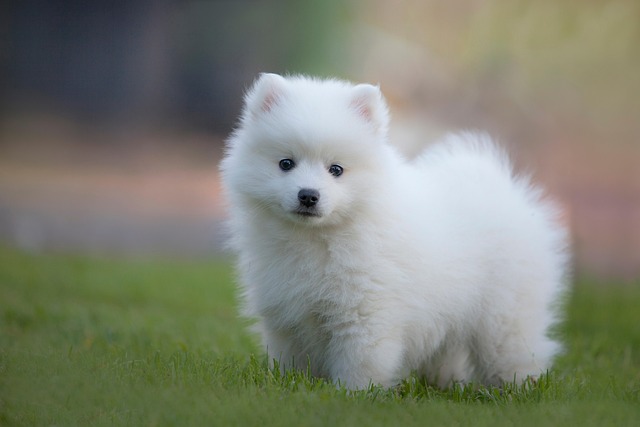
Bringing home a new puppy is an exciting adventure, but it also comes with the big question: What is the first thing you should train your puppy?

Imagine you’re at Seattle’s Green Lake Park with Luna, your energetic Shepherd mix. She spots a duck and lunges, choking herself on the collar.
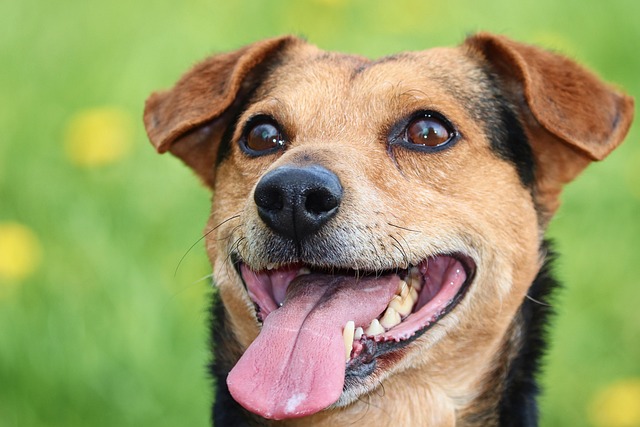
Teaching a 2-year-old dog to fetch might seem challenging, but it’s a rewarding way to bond and keep your furry friend active. Fetch isn’t just a fun game—it provides mental stimulation and physical exercise, essential for a healthy dog.
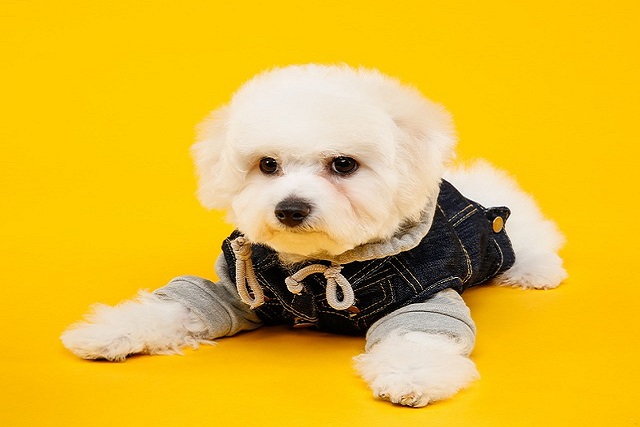
You’ve read all the articles, stocked up on premium treats, and patiently clicked and rewarded your new rescue pup, Charlie.